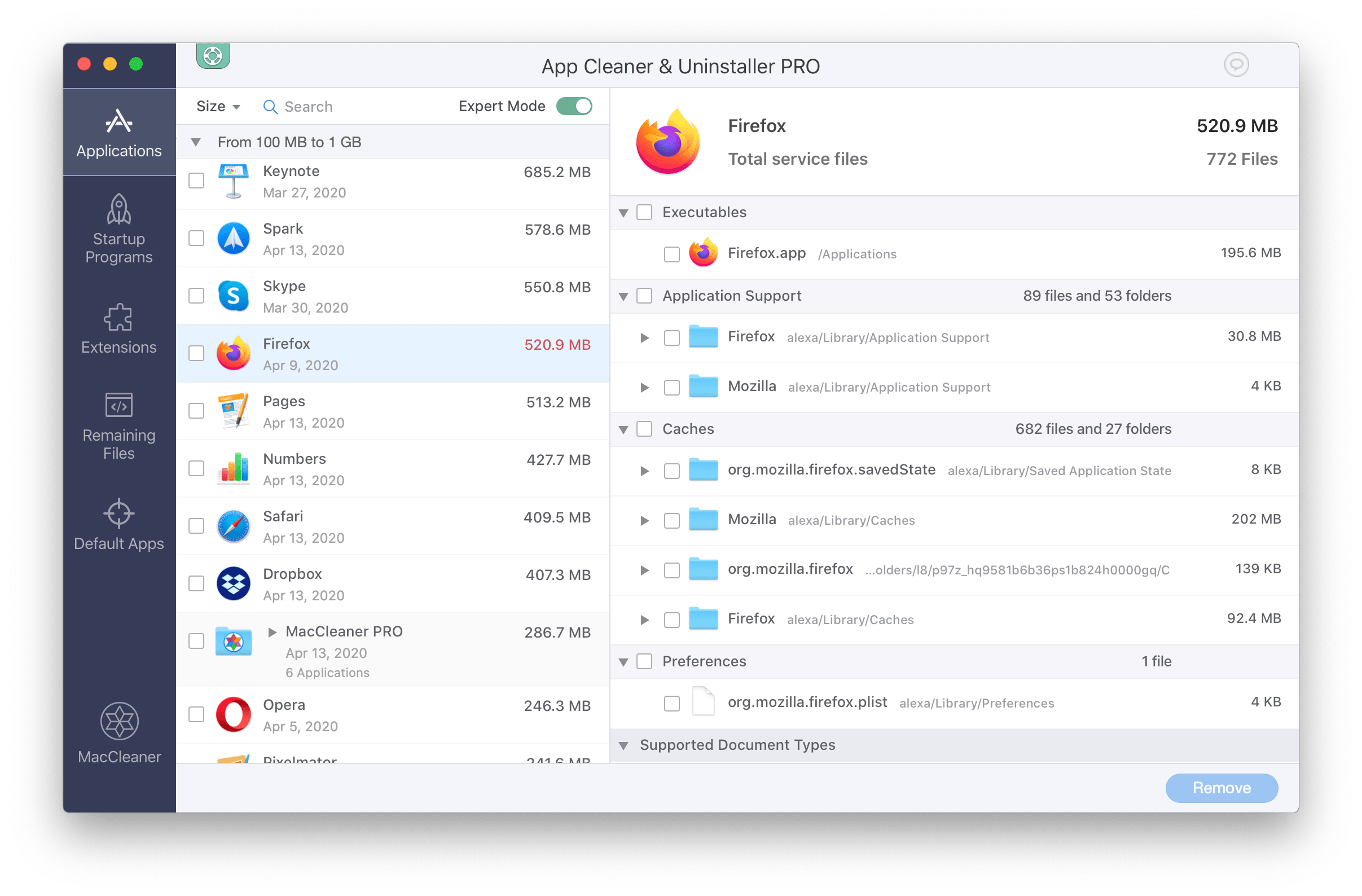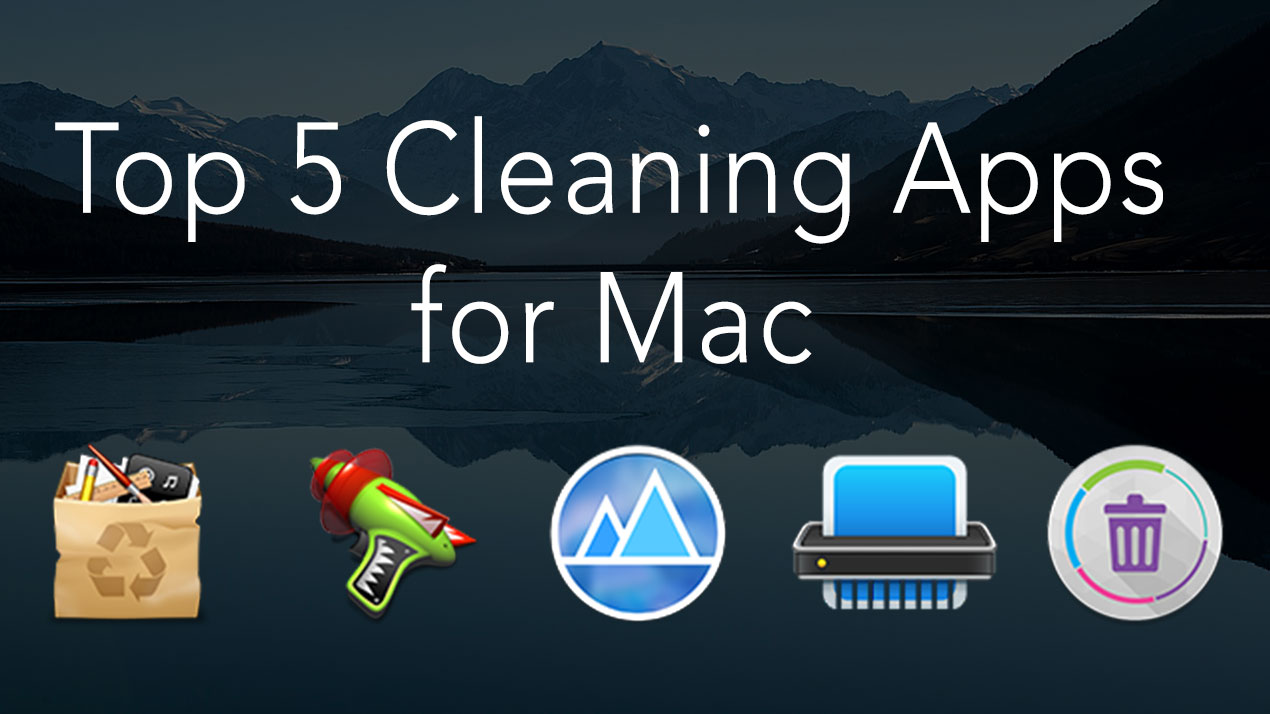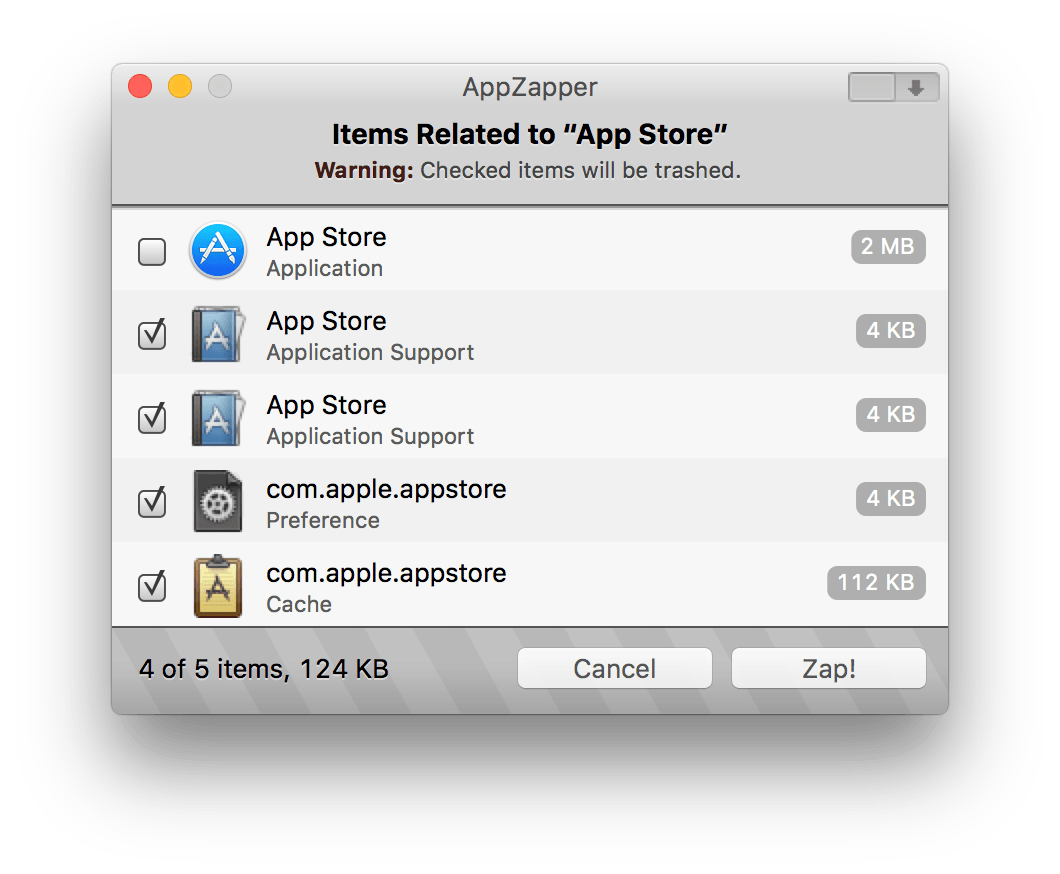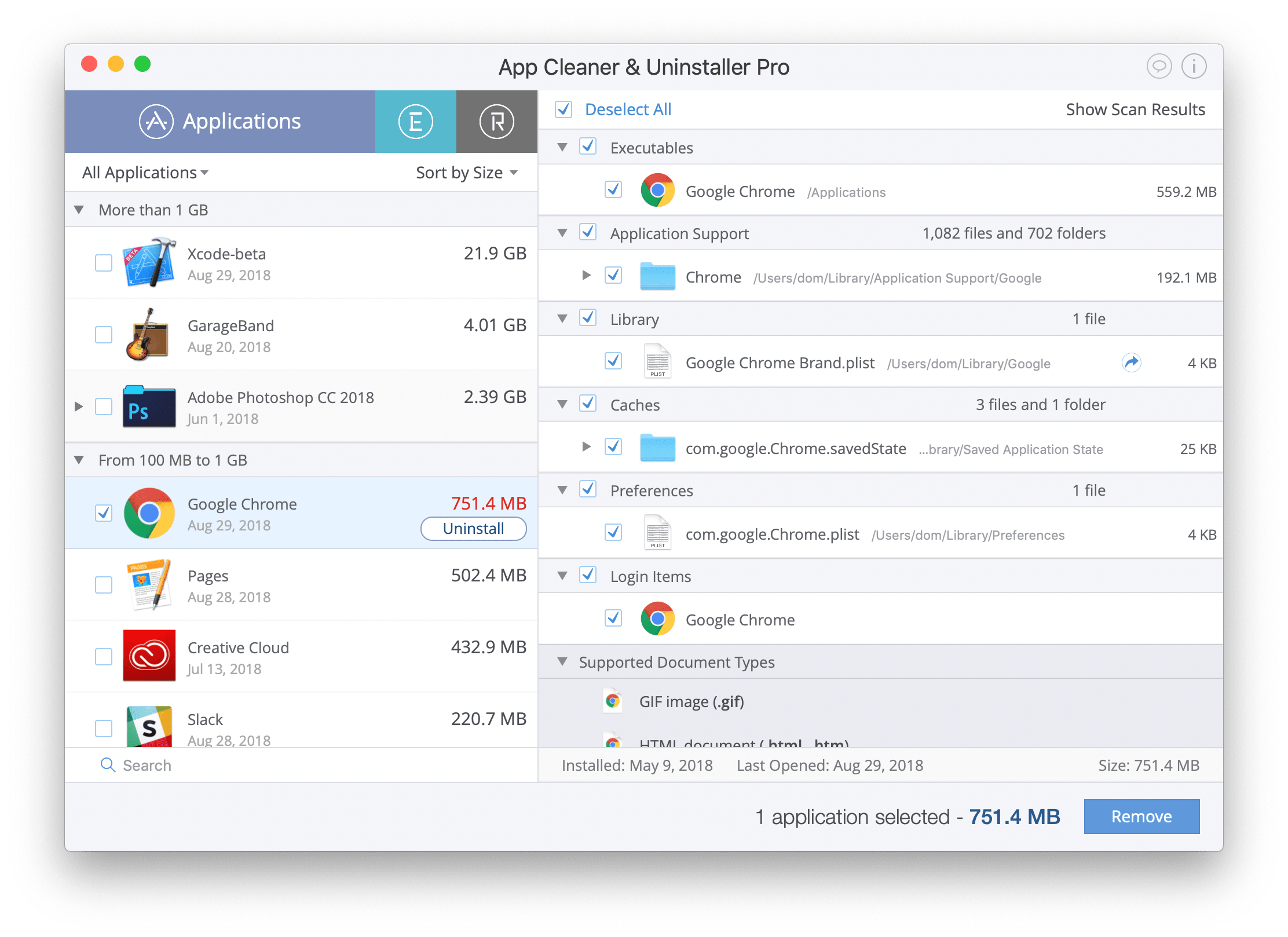
I miss the Nektony App Cleaner & Unistaller, because now they have changed not. Using launchctl or simply cleaning up plist files out of the directories above would have been easier if available. Read App Cleaner & Uninstaller reviews, pricing, opinions, FAQ and more. Note: I couldn't find a utility to modify the state of these non-visible apps.

I suppose I'll know in a month if that indeed did the trick but I believe manually editing that file is essentially what these cleanup tools do when they disable the Application Login Items. I had to go to /var/db/ and manually edit my disabled.$GID.plist file (where $GID is assigned to each OS, mine was 502) and change the value from true to false for the Nektony key. This is an Apple documented method to run apps "not visible in System Preferences and can only be removed by the application that installed them" Daemons and Services Programming Guide
#Nektony appcleaner software
I was taking for granted that the Nektony App Cleaner software was accurately showing things but it seems to willfully exclude itself from the Application Login Items. I'm one of those people who actually learned about computers instead of blindly relying on third-party software to do everything for me.Your recommendation for pulling an etrecheck report was a good one - the clue was that there was a /Contents/Library/LoginItems subdirectory under the app package folder. This was during the time when compiling every app yourself (./configure, make, make install) was the best bet for a clean computer system and using Terminal for hours was a daily requirement. I spent 10 years using nothing other than GNU/Linux and BSD as my sole operating systems on several home and work computers.
#Nektony appcleaner pro
The point is that you won't have an app "guessing" and possibly trashing something. get 45 Off On License For 10 Macs Get 25 Off On License For 5 Macs New Year Sale 25 Off MacCleaner Pro App Cleaner & Uninstaller Buy Now 19.90 Duplicate. The advantage of doing it manually that you can research every file/folder before deleting it - or you can move them to external storage or whatever you want to do. This stuff is almost always going to be inside the ~/Library, and possibly iCloud Drive, folder and it's the same thing app cleaner software does anyway - finds and removes stragglers. Then, use the search function in the Finder toolbar to search the Library for the app name and/or manufacturer name and you should be able to find all traces of the files left behind when deleting an app. Open Finder and go to the Library folder in your Home folder.

#Nektony appcleaner mac
This is why I always tell people to learn how their Mac works and learn about the folder structure. I'm one of those people who actually learned about computers instead of blindly relying on third-party software to do everything for me.

We don't need "cleaning" apps on macOS, you can take care of this type of thing yourself and you'll be much better off. The point is that you won't have an app "guessing" and possibly trashing something. We started with developing apps like Disk Space Analyzer, App Cleaner. This stuff is almost always going to be inside the ~/Library, and possibly iCloud Drive, folder and it's the same thing app cleaner software does anyway - finds and removes stragglers. Nektony develops utility apps for cleaning macOS and iOS devices and speeding up.

Click to expand.This is why I always tell people to learn how their Mac works and learn about the folder structure.


 0 kommentar(er)
0 kommentar(er)
